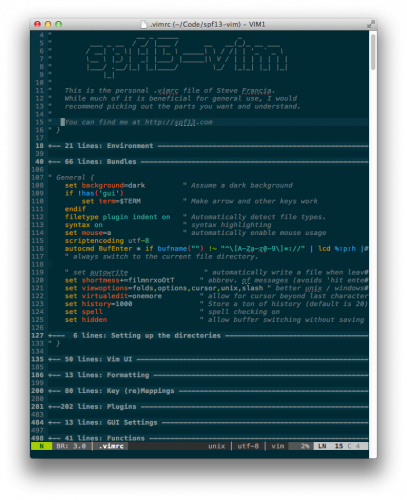There is an interesting post at The Open Source Advocate blog – “Win the desktop, and you will win the server“. Tristan Rhodes, the author of the blog, suggests that in order for an operating system to conquer the server market, it should first conquer (or fight reasonable well for) the desktop market.
I have to admit that when I just read the article, I felt almost like agreeing. But something kept buzzing me from the inside, so I kept that tab open for a few days. Now that the post was processed at the back of my brain, I have to say that I don’t agree with that point.
There is, of course, a correlation. Once sysadmins start using something they like on the desktop, it’s pretty soon that they try to see how well that thing handles server tasks. So, of course, people using Windows on the desktop were checking out how to make a server out of it.
But. I don’t think that conquering the desktop is the only way to the server. Not at all. There are more ways, I somehow feel that those other ways are actually simpler. For one thing, Linux has never been particularly good with desktops. However, only the stubbornest and the most ignorant of sysadmins will argue against Linux server superpowers.
Furthermore, real sysadmins (which are, of course, in the minority) clearly understand the differences between a desktop computer and a server. What’s good for one might not be so good for the other.
And then there is this whole “enterprise” issue. Big companies (aka “enterprises”) aren’t about desktops. They are about support services, customizations, and having someone to blame. If there is someone on the other end of the twisted phone cord, they’ll grab him with both hands.
The historical examples in the Open Source Advocate’s blog post might be related or they might not. The times were different anyway. But even if these examples are related, they aren’t as heavy as they seem. There are many factors to consider (prices, distrubution, documentation, hardware requirements, etc).
What do you guys think?

